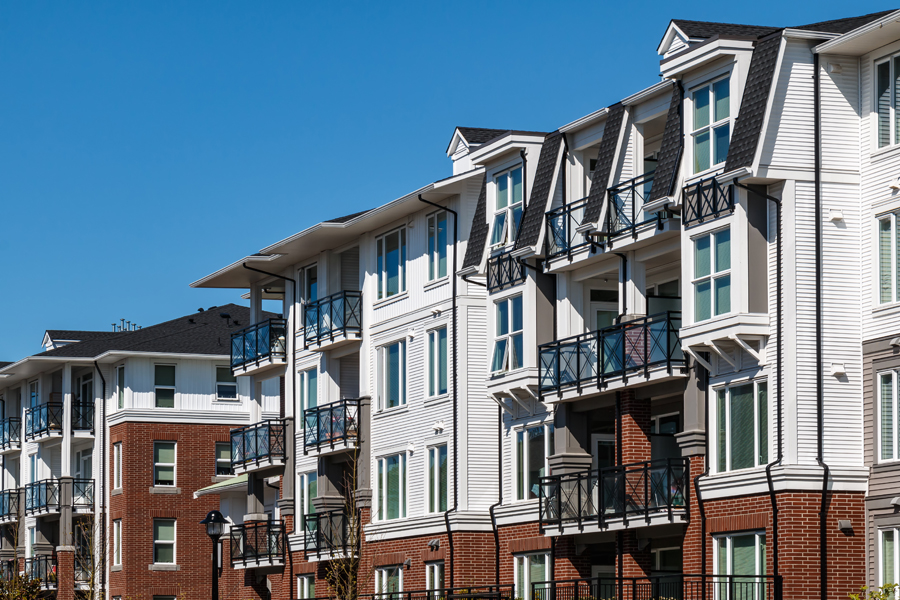Subdivision bonds come in all shapes and sizes from guaranteeing the construction of streets, sewers and sidewalks, to guaranteeing that engineers’ and surveyors’ monuments are accurately and timely placed. A City or Municipality (Obligee) may require a Principal to submit a bond for building an entirely new neighborhood, or even a small retail project. There may be ten different bonds required for one small project, but the one thing all subdivision bonds have in common is that they can be hard to obtain, and even harder to get off of.
Most subdivision bonds are non-cancellable and must be released or “exonerated” by the Obligee. Bonds that are not exonerated are liabilities that the surety must carry, and continue to charge premium for, regardless of the current stage of completion of a given project. A project can be stalled for any number of reasons such as lack of financing, environmental or jurisdictional hurdles, or the dissolution of the Principal via bankruptcy or some other unforeseen event. It is for these reasons that a surety must be discerning in their underwriting of those seeking subdivision bonds.
Subheading
Chief among the attributes of a qualified subdivision bond principal, is the financial wherewithal to complete the project, timely pay premiums, and possess the loss paying ability should a claim be filed. In order to protect itself, a surety will seek to perfect the indemnity of the principal, including personal, spousal and trust indemnity. In lieu of a proper indemnity package, collateral may be required.
Regardless of your particular situation, understanding and mitigating the risks inherent in a subdivision project is paramount. This includes understanding the risks for your partners, including your surety. Your surety and surety bond agent are also excellent resources to turn to when the inevitable problem arises.


